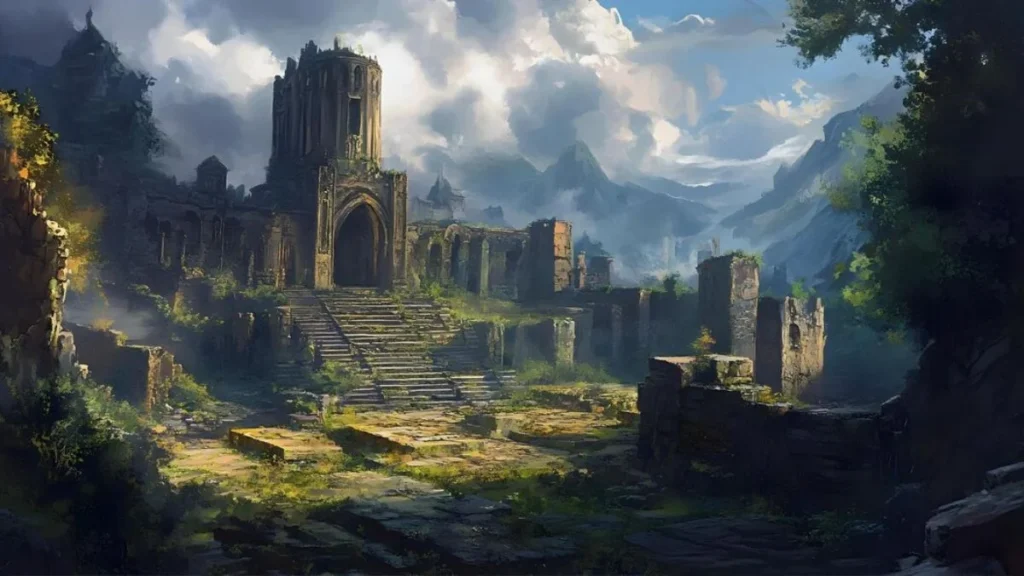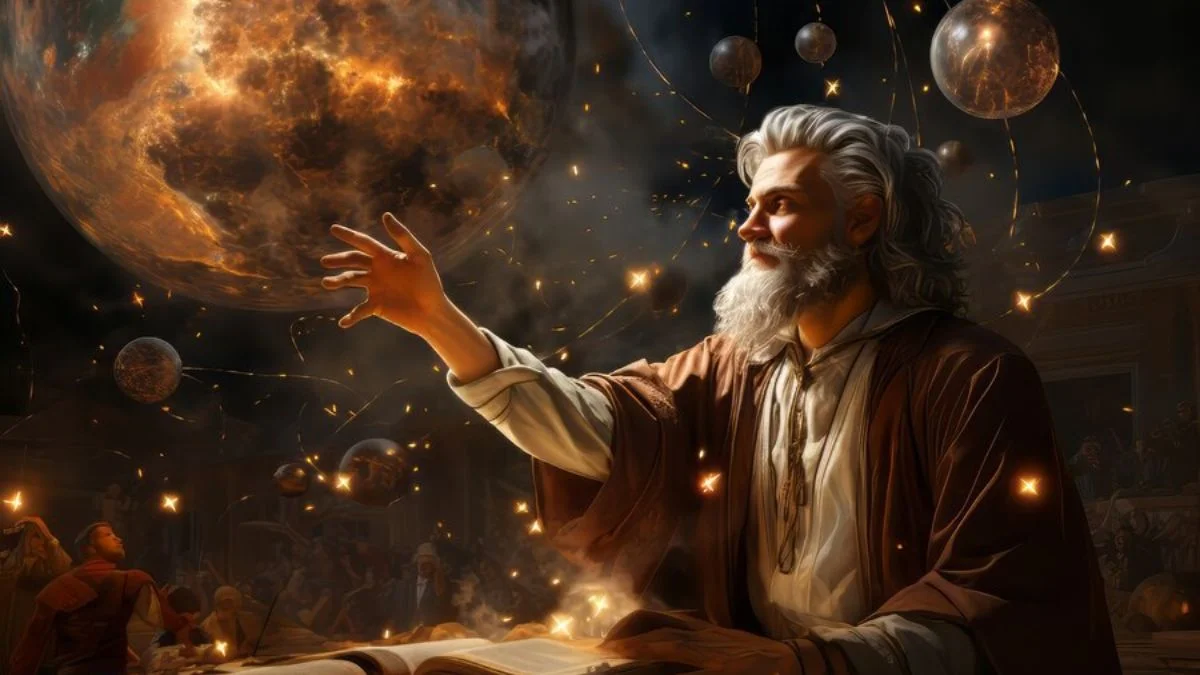Karingkarla, also known as Mount Augustus, is a site of immense cultural and spiritual significance located in Western Australia. It is the world’s largest monocline, a geological formation that dates back millions of years, and it holds a profound place in the traditions of the Wajarri people, the traditional custodians of the land. Karingkarla is more than just a geological marvel; it is a living testament to the rich and enduring cultural heritage of Australia’s Indigenous communities. In this article, we delve into the roots, relevance, and cultural significance of Karingkarla, exploring its role as a symbol of resilience, spiritual connection, and healing.
The Geological and Spiritual Significance of Karingkarla
Mount Augustus, or Karingkarla, is renowned for its geological grandeur. Standing at 717 meters above the surrounding plain and stretching over 8 kilometers in length, it is the largest monocline in the world. The formation of Karingkarla is a testament to the ancient landscape of Australia, with its origins tracing back millions of years. This imposing natural structure is composed of sandstone and quartzite, remnants of an ancient seabed that was uplifted and folded over time. The sheer scale and age of Karingkarla make it a natural wonder that draws visitors from around the globe.
However, for the Wajarri people, this is far more than just a geological formation. It is a site of deep spiritual importance, a place where the physical and the metaphysical intertwine. According to Wajarri lore, Karingkarla is a place of Dreaming stories—narratives that embody the spiritual beliefs, knowledge, and laws of the Aboriginal people. These stories are not merely myths; they are a way of understanding the world and the connection between the land, the people, and their ancestors. The Dreaming stories associated with Karingkarla are passed down through generations, serving as a means of preserving cultural identity and continuity.
Cultural Practices and Ceremonial Significance
Karingkarla is a focal point for cultural practices and traditional ceremonies that have been carried out for thousands of years. These ceremonies are vital in maintaining the spiritual and cultural health of the Wajarri people. They include rituals, storytelling, and the transmission of Indigenous knowledge from elders to the younger generation. The site is also home to rock art and other ceremonial sites, which are tangible representations of the Wajarri people’s enduring connection to the land.
One of the key aspects of Karingkarla’s cultural significance is its role in traditional healing practices. The Wajarri people, like many Indigenous communities, have a deep understanding of the natural environment and its resources. This knowledge is reflected in their use of traditional medicines, which are derived from the plants, herbs, and other botanical resources found in the region. These natural remedies have been used for generations to treat various ailments, and they continue to be an essential part of Indigenous health practices.

The Science Behind Indigenous Healing Practices
The healing practices associated with Karingkarla are not only rooted in tradition but also in a deep understanding of the natural world. Indigenous healers have long relied on the medicinal properties of plants and herbs to promote health and well-being. Modern scientific research has begun to validate many of these traditional remedies, uncovering the active compounds in plants that have therapeutic effects. For example, many plants used in Indigenous medicine contain antioxidants, anti-inflammatory agents, and antimicrobial properties, which can help in treating a range of conditions.
In addition to the biochemical properties of traditional medicines, there is also a growing body of research on the psychological and physiological effects of rituals. Rituals, such as those performed at Karingkarla, can have profound impacts on mental health. They provide a sense of continuity, identity, and belonging, which are crucial for psychological well-being. Moreover, the act of participating in rituals can trigger the release of endorphins and other neurochemicals that promote relaxation and reduce stress.
Karingkarla’s healing practices exemplify the intersection of traditional knowledge and modern science. The Wajarri people’s use of natural remedies and their understanding of the land’s spiritual significance demonstrate a holistic approach to health—one that integrates the physical, emotional, and spiritual aspects of well-being.
Karingkarla as a Symbol of Resilience and Connection
Karingkarla stands as a symbol of the resilience and strength of the Wajarri people. Despite the challenges of colonization and the disruption of traditional ways of life, the Wajarri people have maintained their cultural practices and spiritual connection to Karingkarla. The site embodies their enduring bond with the land and their commitment to preserving their cultural heritage for future generations.
The significance of Karingkarla extends beyond the Wajarri community. It serves as a reminder of the importance of respecting and protecting Indigenous cultural sites. These sites are not just historical artifacts; they are living places that continue to play a vital role in the cultural and spiritual lives of Indigenous people. Protecting sites like Karingkarla is crucial for preserving the rich diversity of Australia’s cultural heritage and ensuring that future generations can continue to learn from and connect with these ancient traditions.
Conclusion: The Enduring Legacy of Karingkarla
Karingkarla, or Mount Augustus, is a site of unparalleled cultural and spiritual significance. As the world’s largest monocline, it is a natural wonder that draws awe and admiration. But for the Wajarri people, it is much more—a place of deep spiritual connection, cultural practices, and healing. Karingkarla’s significance lies not only in its geological grandeur but also in its role as a gateway to the ancient wisdom of Australia’s Indigenous people. Through its Dreaming stories, traditional ceremonies, and healing practices, Karingkarla embodies the resilience, knowledge, and enduring spirit of the Wajarri people. It stands as a symbol of the importance of preserving and respecting Indigenous cultural heritage, ensuring that these ancient traditions continue to thrive in the modern world.









